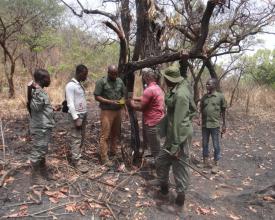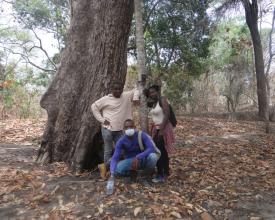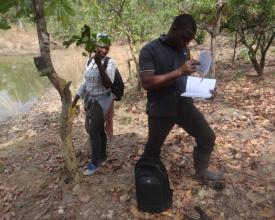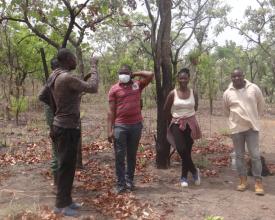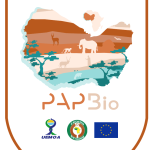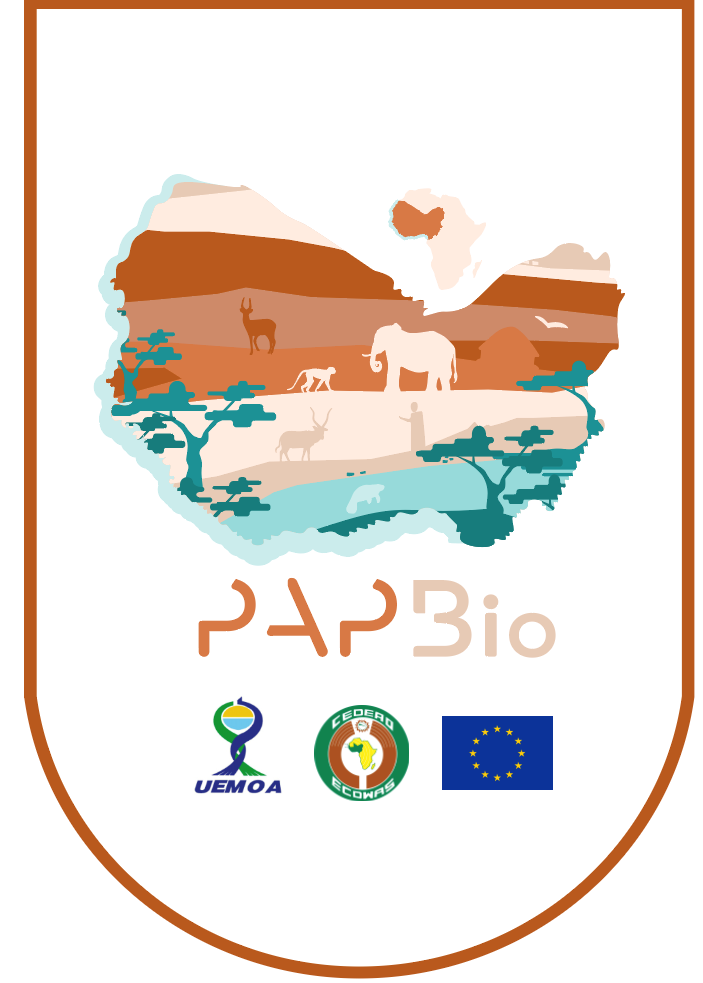
MAMMAL MONITORING WITH CAMERA TRAP IN FAZAO MALFAKASSA NATIONAL PARK AND ABDOULAYE WILDLIFE RESERVE
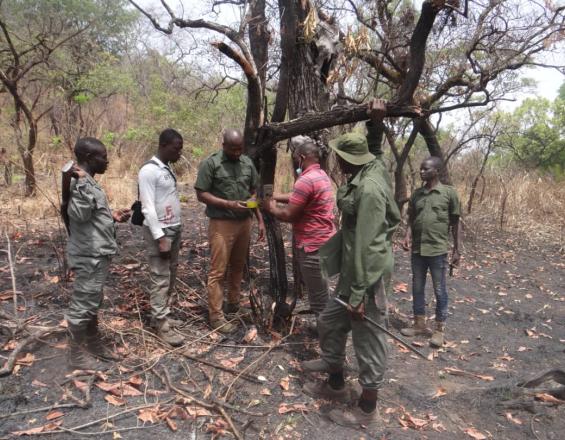
A mission to deploy and install camera traps was carried out by the AGBO-ZEGUE NGO team in the Fazao-Malfakassa National Park (PNFM) and the Abdoulaye Wildlife Reserve from March 1 to 10, 2021 with the support of conservators and ecoguards.
In May 2020, the NGO AGBO-ZEGUE received a grant for the project "Contribution à l'amélioration des statuts de conservation des carnivores dans les aires protégées du Togo" funding from IUCN Save Our Species and the European Union to establish scientific evidence of the presence of large carnivores: the lion (Panthera leo) and the leopard (Panthera pardus) in Togo. Taking part in the mission to collect data on the presence of these large carnivores in Togo were the Executive Director of the NGO AGBO-ZEGUE, John Kokou Toviho GAGLO, and the project's two technical assistants, Madame Jeanne Kafui DEKAWOLE and Monsieur Délagnon ASSOU.
Impacts
A total of 90 camera traps have been installed. That's 70 in the PNFM and 20 in the Abdoulaye Wildlife Reserve. In each protected area, camera sites were selected on the basis of the presence of animal signs, especially along tracks and around waterholes.
Based on the images compiled (> 140,000 images and videos) for mammal monitoring, i.e. species occurrence, habitat use and species activity during the dry and rainy seasons, we identified 32 mammal species, which, combined with the results of previous publications, brings the total number of mammal species historically reported for the PNFM to 57, excluding bats.
Through the use of camera traps, this monitoring has made it possible to detect the highly probable presence of these carnivorous species in the PNFM. Ongoing monitoring is strongly recommended.

